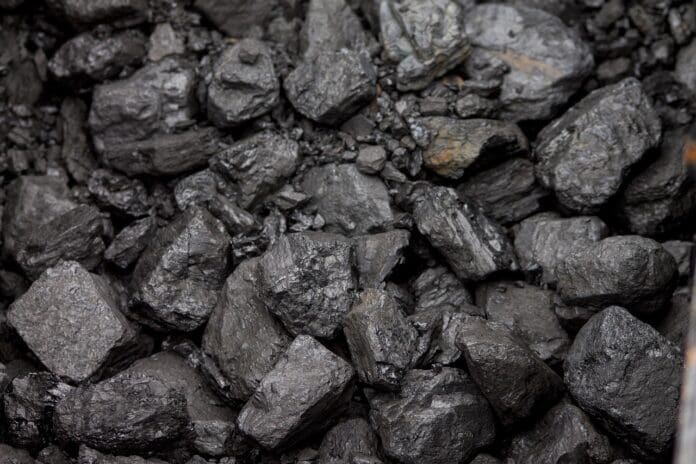This post is also available in:
 עברית (Hebrew)
עברית (Hebrew)
A new study published in Scientific Reports reveals that artificial intelligence (AI) can forecast methane gas anomalies in coal mines up to 30 minutes in advance, significantly reducing the risk of deadly gas explosions. Conducted by researchers from Charles Darwin University and several other institutions, the study compared ten machine learning algorithms to determine the most effective method for early warning systems in coal mines in China, particularly in gas-prone areas.
Methane gas poses a severe threat in underground coal mining, with nearly 60% of accidents in China attributed to gas-related incidents. In 2020, China accounted for a staggering 46% of the world’s coal production, operating over 3,200 coal mines that are at high risk for gas outbursts. This study’s results are critical, aiming to enhance worker safety and prevent potential financial and human losses.
Among the algorithms tested, four stood out for their predictive capabilities. According to TechXplore, Associate Professor Niusha Shafiabady highlighted that an algorithm by the name of ‘Linear Regression’ emerged as one of the most efficient algorithms, outperforming others in short-term forecasting. Another algorithm, ‘Random Forest’, showed lower error rates and high prediction accuracy, while the ‘Support Vector Machine’ algorithm excelled in computational efficiency on smaller datasets but required extensive training on larger ones.
The implications of these findings extend beyond coal mining. Associate Professor Shafiabady noted that the AI methodologies developed could be applied across various industries, including aerospace, oil and gas, and agriculture. This versatility underscores the potential for AI not only to safeguard lives but also to mitigate risks across multiple sectors.
The integration of advanced AI technologies like those explored in this study could revolutionize how incidents are predicted and managed. By harnessing the power of machine learning, safety protocols could be enhanced, protecting workers and ultimately fostering a more secure working environment.


























